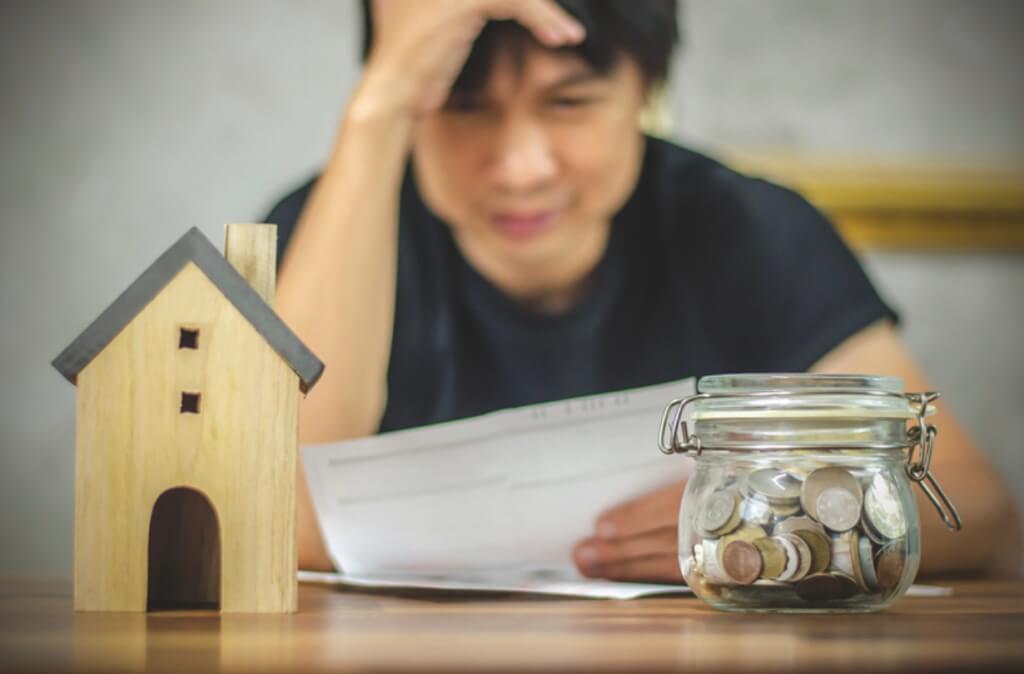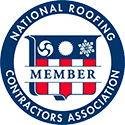As a homeowner, you can be certain that, sooner or later, you’ll need to make costly repairs. There may also come a time to upgrade or remodel the home. All of these projects will cost money and, in some cases, the need to complete a project may be immediate. Fortunately, there are many ways to obtain the money you need to care for your home.
Start Saving on Day One
Finance experts explain, you should already be accustomed to saving a portion of your income each pay period. After all, that’s probably how you saved money for your down payment. Even after you buy your home, you should continue to do this, so you can begin building a nice nest egg for emergencies. As you need to make repairs or take on a remodeling project, you can draw from the account without building more debt.
Explore Your Home Improvement Loan Options
You can opt for a personal loan, which can be used however you choose in most cases. The upside to a personal loan is that approval times are typically fast and approval is usually easier. On the downside, these are unsecured loans and, as such, fees and interest rates will likely be higher. According to home improvement loan specialists, “If you own a home, you have a certain amount of equity in it, depending on how far along you are on your mortgage. A home improvement loan is a refinance option that allows you to get cash up to the amount of equity you have to improve your home and make it more valuable. This can be a great option whether you’re planning on living in the home for the foreseeable future or planning on selling it soon.” Depending on how much you need and how soon you can pay it back, this may be a good option to consider.
Inquire About a HELOC
Depending on how long you have owned your home, you might consider a HELOC, or a homeowner’s equity line of credit. Debt management experts show that there are a few benefits to a HELOC in that the application process is less intensive than taking out a second mortgage on the home and you may be able to claim interest as a tax deduction. You also only pay interest on the amounts you borrow, so, if you end up not borrowing anything, you won’t be charged interest. A HELOC doesn’t come without its drawbacks, though. It’s especially important to make your payments on time, because you’re using your home as collateral.
Community Development Programs May Help
Checking to see if you can receive local help isn’t a bad idea. According to personal finance gurus, city and state governments often offer grants or low-interest loans to homeowners who want to improve or repair their homes. Some programs are income-restricted, while others target specific groups, such as the elderly, disabled, etc. Check with your local housing authority to learn more about programs for which you may qualify.
You May Qualify for Disaster Relief
If you need to make repairs to your home as a result of a disaster, you may be eligible to receive government support. Programs available through the American Red Cross and FEMA offer financial assistance, where repairs won’t be covered through a homeowners insurance policy. While the money may not be enough to return your home to its previous condition, it will usually be enough to fix immediate problems that may concern safety or issues of sanitation.
While each option offers advantages and drawbacks, it will be up to you to determine which resource is best for your situation. Of course, keeping money saved for emergencies and remodeling projects may be best, needs may arise unexpectedly. When this occurs, having other options available can help you get out of a tight spot.
If you’re in need of roof repairs, and your project has gotten to be a bit bigger than you expected, make sure to see how we can help! You can see our previous work by checking out our gallery as well!







